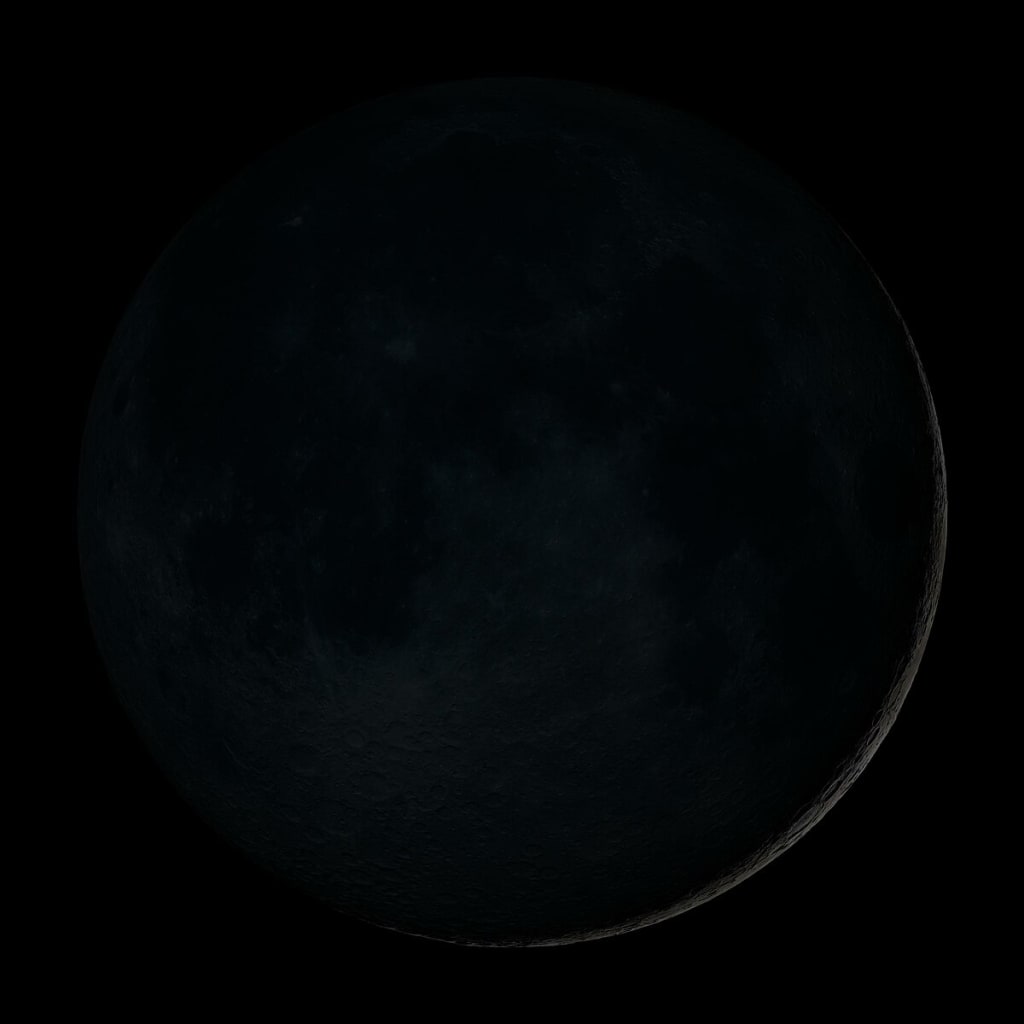
About 50 billion years ago, the geography and features of Antarctica were very different from what we see today. During that period, all of Earth's landmasses were joined together to form the supercontinent known as Pangaea. Antarctica is located close to the equator and due to its location has a very warm climate.
Covered with lush forests, the continent was teeming with diverse flora and fauna. The region had a tropical to subtropical climate, with temperatures much higher than the frigid conditions we associate with Antarctica today. This land was part of the Gondwana supercontinent, which now includes South America, Africa, India, Australia, and other landmasses.
Over time, about 200 million years ago, Pangea began to break up. Gondwana broke up into smaller landmasses, and Antarctica began to move southward. As it moves further away from the equator, its climate gradually cools. About 25 million years ago, most of Antarctica became covered with ice and the continent took on a more recognizable appearance.
About 34 million years ago, a complete ice sheet covered Antarctica, marking its transition to the current polar ice. The continent's isolation, harsh climate and extreme cold have led to the development of unique ecosystems and species adapted to limited resources. Since then, Antarctica has remained relatively isolated as ice sheets grow and retreat due to natural climate cycles.
Endless days and nights
About the wonderful world of Antarctica
Antarctica is a land of extremes, a unique phenomenon that captures the imagination: six months of endless day followed by six months of endless night. This amazing natural phenomenon is the result of the tilt of the Earth's axis and the location of the southernmost continent of the planet.
During the austral summer, which lasts from late September to late March, Antarctica experiences a remarkable view of the midnight sun. The sun never sets, casting a warm, eerie light over the snowy landscape. These long daylight hours foster a burst of life as the chilled atmosphere is buzzing with activity. Sea creatures such as seals and penguins congregate on shores to breed and feed in the nutrient-rich waters. Birds fly through the endless sky, taking advantage of the constant light in search of food. Researchers also use this time to conduct experiments and collect data in continuous sunlight.
Conversely, when the austral winter arrives, from about the end of March to the end of September, Antarctica plunges into six months of darkness. The sun is hidden below the horizon, creating a starry canvas in the sky. During this period the continent's temperatures fell even more sharply, reaching record-breaking lows. This desolate landscape becomes more challenging for the survival of life.
The long night holds a special attraction for scientists who flock to Antarctica during this time to study the effects of extreme cold, isolation and darkness on the human body and mind. Research facilities like the iconic Amundsen-Scott South Pole Station take on a surreal atmosphere as they battle harsh conditions, often requiring artificial lighting to function.
In the frozen expanse of Antarctica, life follows a rhythm as unique as the landscape itself. Here, the concept of day and night takes on a whole new meaning, dictated by the shifting seasons. For six months, the continent basks in the unending brilliance of the midnight sun, and for the next six, it plunges into an equally unbroken night.
During the perpetual daylight, scientists and researchers at research stations tirelessly gather data on the region's climatic changes, its unique wildlife, and the secrets buried beneath the thick ice. They work around the clock, marveling at the surreal, ethereal quality of the sun that never sets.
But as the sun begins its gradual descent, a new chapter unfolds. The landscape turns into a frozen wonderland, with the night sky ablaze with stars and the mesmerizing Aurora Australis painting its celestial masterpiece. Penguins huddle for warmth, seals glide gracefully under the ice, and a rare few expeditioners brave the biting cold to witness this incredible world.
Life in Antarctica is a testament to human resilience and nature's indomitable spirit, where day and night are unlike anywhere else on Earth, offering a unique experience of extremes.





Comments
There are no comments for this story
Be the first to respond and start the conversation.